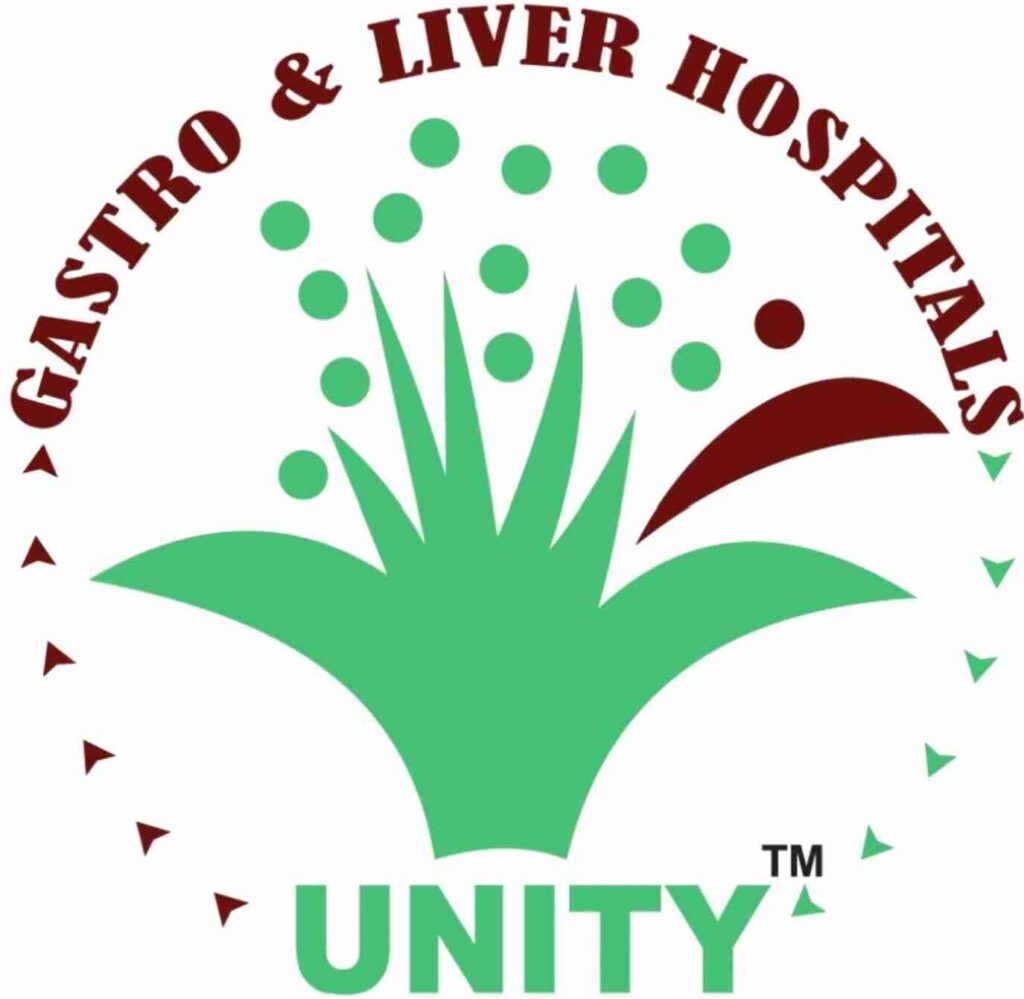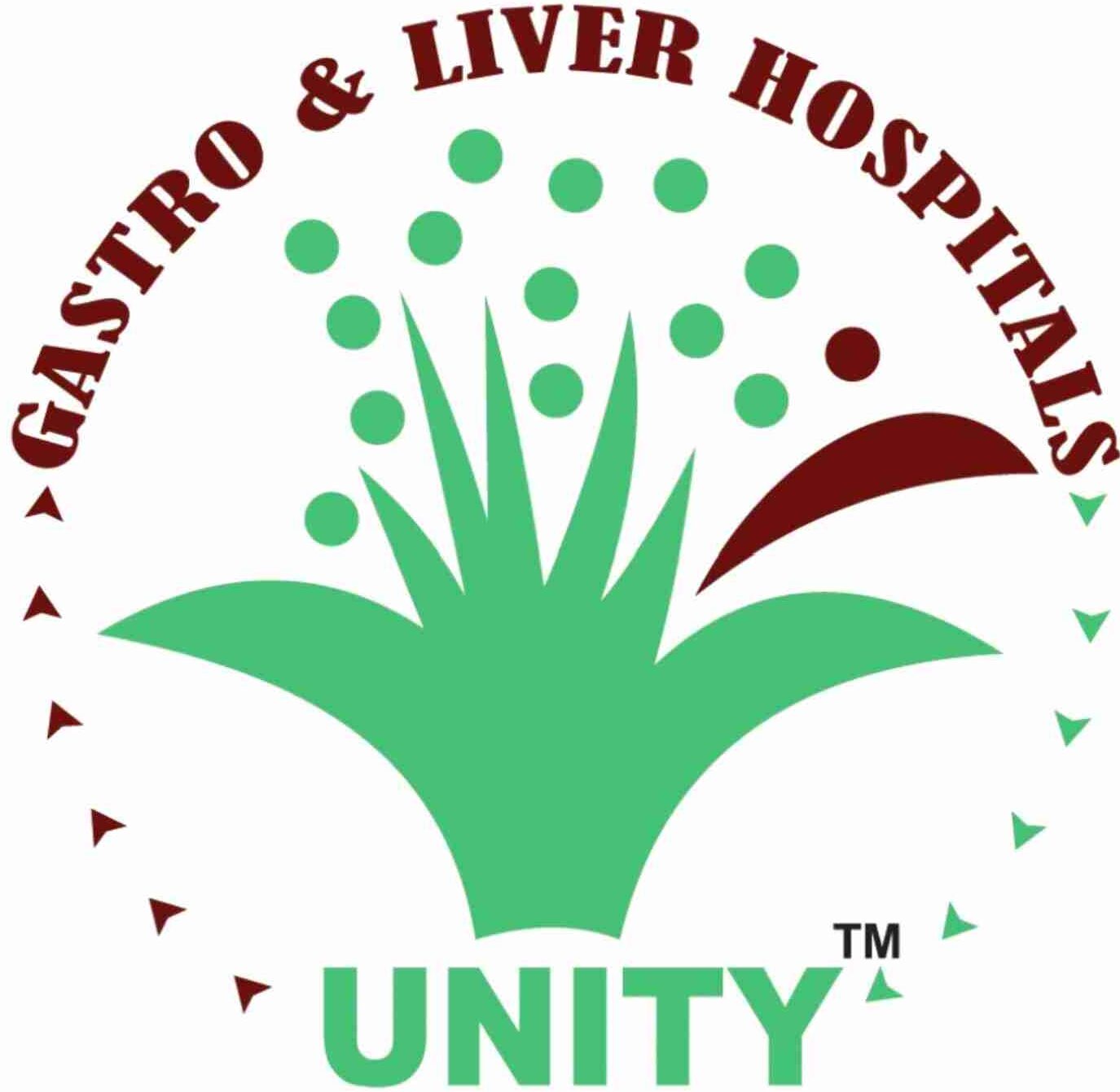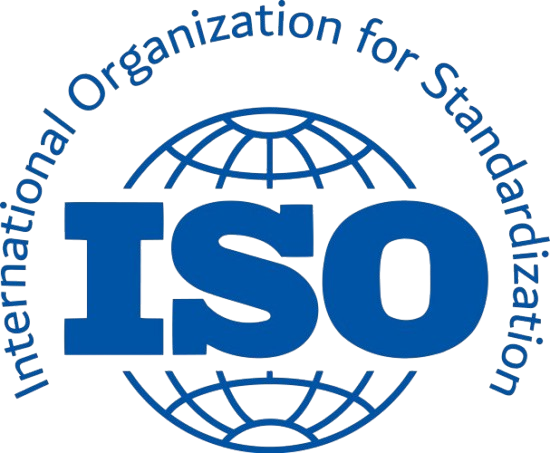A mastectomy is a surgical procedure to remove some or all of the breast tissue, often as a therapeutic or preventive approach for breast cancer.
Depending on the extent of the cancer or the risk factors involved, different types of mastectomies may be recommended.
This procedure can be crucial for both treating existing cancer and preventing future occurrences in individuals with high genetic risks.
Why Mastectomy is Performed
Mastectomies are typically performed for two main reasons:
- Treatment
- Prevention
For individuals diagnosed with breast cancer, removing the affected breast tissue is vital to eliminate cancer cells and prevent further spread.
The scope of the surgery is determined by factors such as
- Tumor size
- Location
For those at high risk, such as individuals with BRCA1 or BRCA2 gene mutations, a prophylactic mastectomy may significantly reduce the risk of developing breast cancer, though it cannot eliminate it.
Types of Mastectomy Procedures
Several types of mastectomy procedures exist, each tailored to the patient’s specific needs:
- Total (Simple) Mastectomy: Removal of all breast tissue, possibly including one or both breasts (unilateral or bilateral).
- Skin/Nipple-Sparing Mastectomy: Preserves the skin and/or nipple for potential use in reconstruction.
- Modified Radical Mastectomy: Removes breast tissue and underarm lymph nodes, typically where cancer spreads first.
- Radical Mastectomy: An extensive procedure removing breast tissue, lymph nodes, and chest muscles, though rarely performed today.
Risks and Complications
While mastectomy is generally safe, it carries risks like any major surgery.
Early complications include
- Wound infections
- Hematomas
- Flap necrosis
Later, patients may experience
- Seroma
- Post-mastectomy pain syndrome
- Lymphedema
especially if many lymph nodes are removed.
Managing these risks involves close monitoring, physical therapy, and sometimes additional medical treatments.
Recovery and Life After Mastectomy
Recovery from a mastectomy typically takes four to six weeks.
Patients may experience
- Fatigue
- Soreness
- Stiffness
particularly in the chest, arm, and shoulder areas.
Nerve healing may take months, with some patients feeling numbness, tingling, or phantom sensations.
Emotional recovery is also significant, as adjusting to the loss of breasts can be challenging.
However, many individuals find satisfaction with breast reconstruction options, which can restore a sense of normalcy and confidence.
Before and During the Procedure
Before a mastectomy, patients discuss surgery plans with their doctor, including the type of mastectomy, possible immediate reconstruction, and additional treatments.
The surgery, performed under general anesthesia, involves removing breast tissue and possibly lymph nodes, with reconstruction sometimes starting during the same procedure.
Post-Surgery Care and Follow-Up
Post-surgery, patients typically stay overnight in the hospital.
The healthcare team provides wound care instructions and monitors recovery.
Follow-up appointments are crucial to check
- Healing
- Remove drains
- Review lab results
which guides the need for further treatment like chemotherapy or radiation.
Additional consultations are scheduled for delayed reconstruction if chosen.
Take charge of your breast health—schedule a consultation to discuss your mastectomy options and personalized treatment plan.





